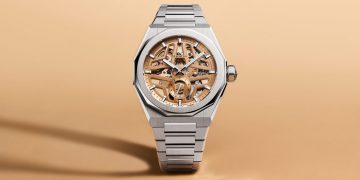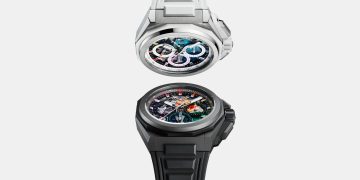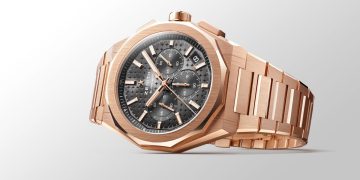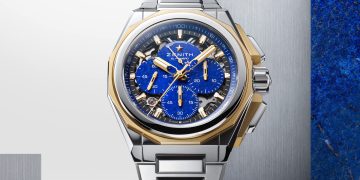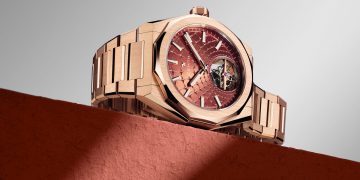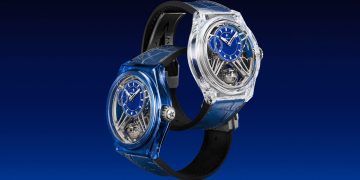Source: Images and content by ‘THE PRECISION PIONEER’ TRAVELS TO THE HEART OF DUBAI @ Jaeger LeCoultre.
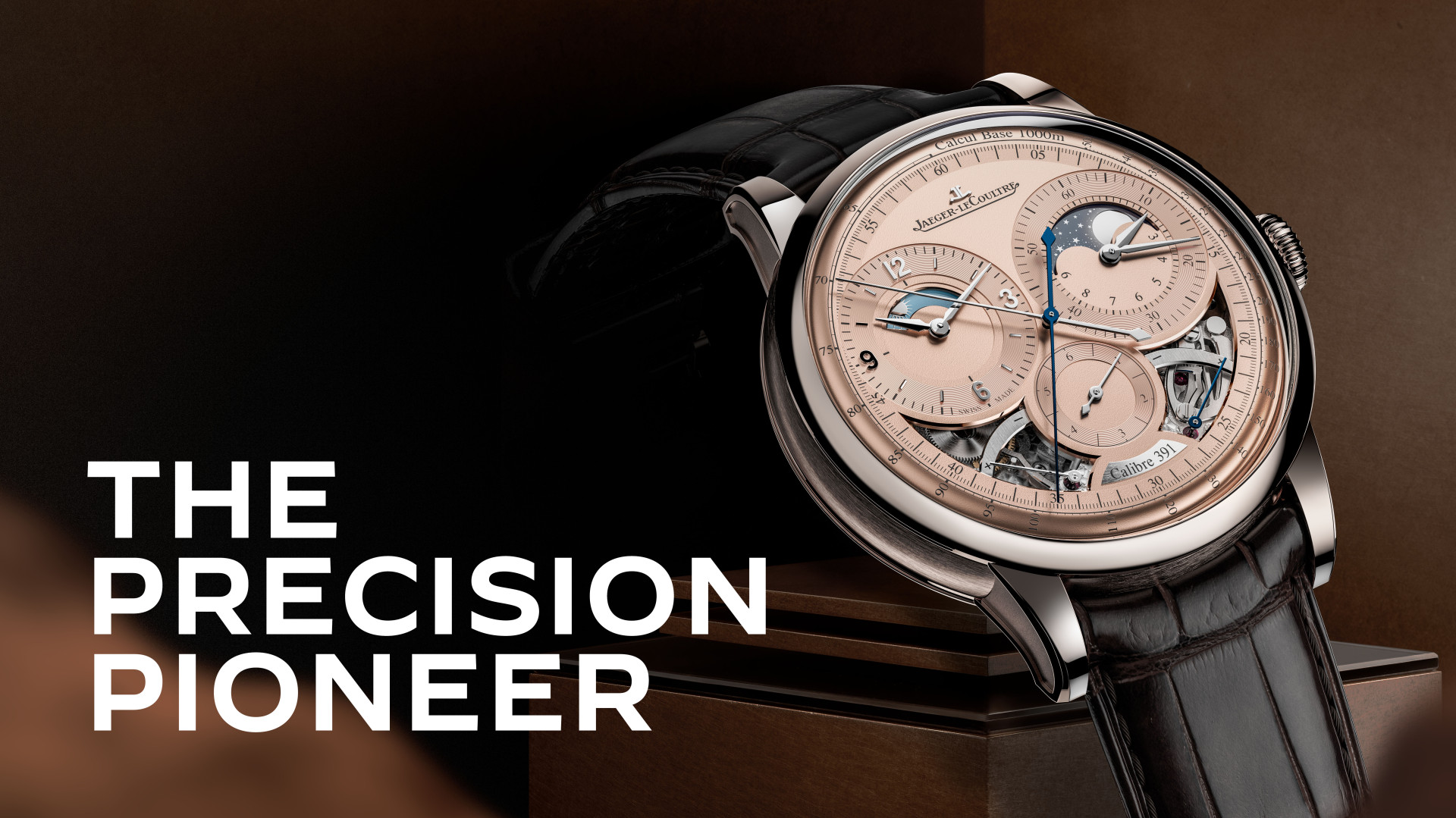
The Pursuit of Precision – a Story of Ingenuity Told in Four Chapters
A core value since the company was founded by Antoine LeCoultre in 1833, the quest for precision has particular significance at Jaeger-LeCoultre. A prolific inventor as well as a visionary watchmaker, the founder of La Grande Maison was obsessed with precision and several of his inventions, including the first pinion-cutting machine, were to have a profound influence on the entire watchmaking industry. Over the decades, continuing research into precision has resulted in a series of breakthroughs, with many of the Maison’s 430 patents being awarded for its work in this field. Today, while modern technological aids to precision have turned core stages of the watch production process into an exact science, technology will never entirely replace the precise human gestures involved at every stage from raw metal to finished timepiece, for it is the craft of the human hand that imbues a fine mechanical watch with its ineffable soul.
‘The Precision Pioneer’ celebrates the magic of mechanical watchmaking. The exhibits will include rarely seen archive materials as well as components that allow insight deep inside watch mechanisms. Alongside a collection of remarkable historic timepieces, highlights of the current collection will include the new Duometre models launched at Watches and Wonders Geneva 2024, and the global launch of a new high-complication watch. Revealing the intellectual rigour and technical ingenuity that lie at the very foundation of watchmaking, the exhibition tells the intriguing story of precision in four chapters.
The Precision of Production and Decoration tells the origin story of how the Maison’s founder translated his obsession with precision into inventions that were to lay the foundations for the modern watchmaking industry. It reveals how the founder’s spirit has driven the Manufacture for almost two centuries, harnessing cutting-edge technologies to enhance and complement the irreplaceable value of precise hand-craftsmanship. This chapter also explores the high-precision crafts employed in the decoration and finishing of movements and dials. The Precision of Chronometry identifies milestones in the Manufacture’s development of chronometer timepieces, from pocket watches in the 19th century, to today’s new models that are all certified under the rigorous 1000-Hour Control protocol. Chronometry means, simply, timekeeping accuracy, and this chapter reveals the deep research that must be undertaken to compensate for the challenges that a wristwatch faces during daily wear.
The Precision of Regulating Organs reveals the vital role of the regulating organ (namely, the balance wheel and hairspring). This is the beating heart of the watch that we find so fascinating to observe – and the regularity of that heartbeat, known as isochronism, is crucial to accurate timekeeping. Visitors will discover Jaeger-LeCoultre’s ceaseless research into the ideal forms of hairsprings and tourbillons, which have resulted in many patented inventions. The Precision of Complications explores why the addition of complications (additional functions, such as calendars, chronographs or minute repeaters) is a fundamental challenge to timekeeping precision because operating a complication disrupts the perfectly regular flow of energy from the mechanism’s barrel to its regulating organ. This chapter demonstrates how Jaeger-LeCoultre’s watchmakers have mastered the precision of complications and invented the Duometre system, which ensures that the operation of a complication has no impact on the timekeeping function.

